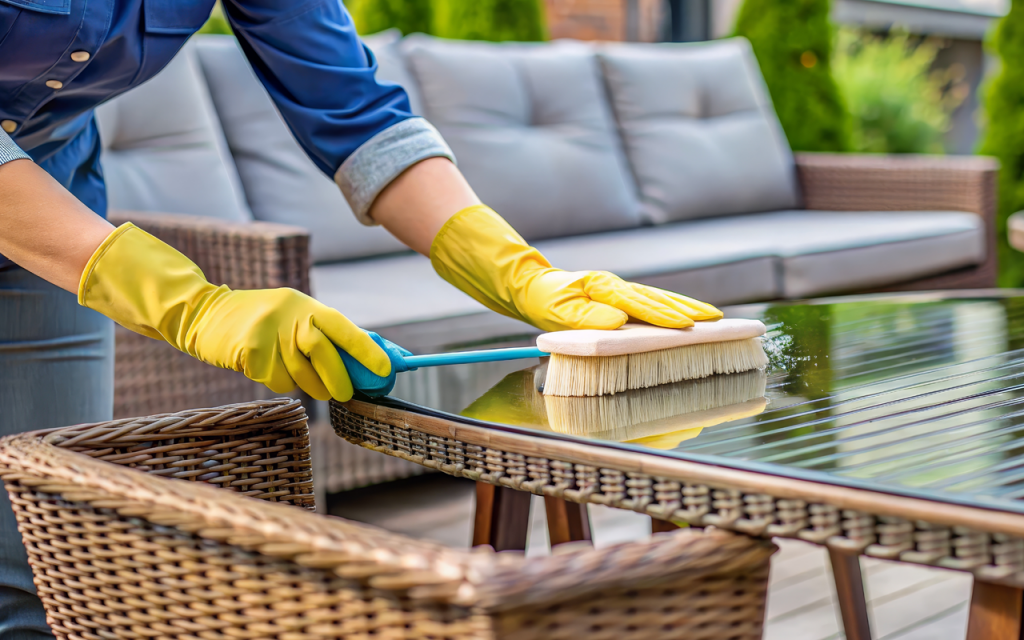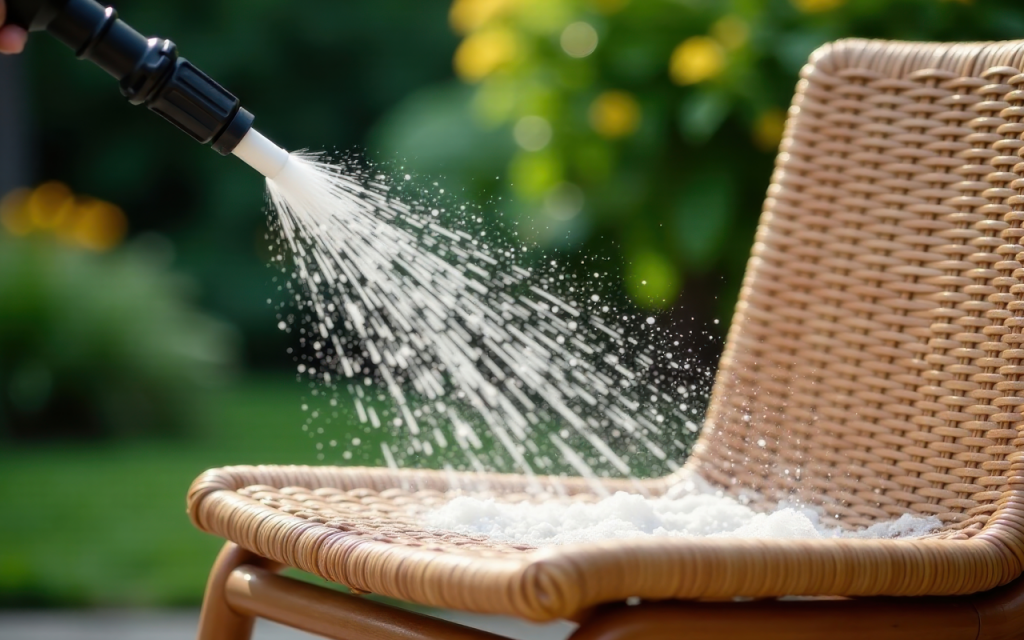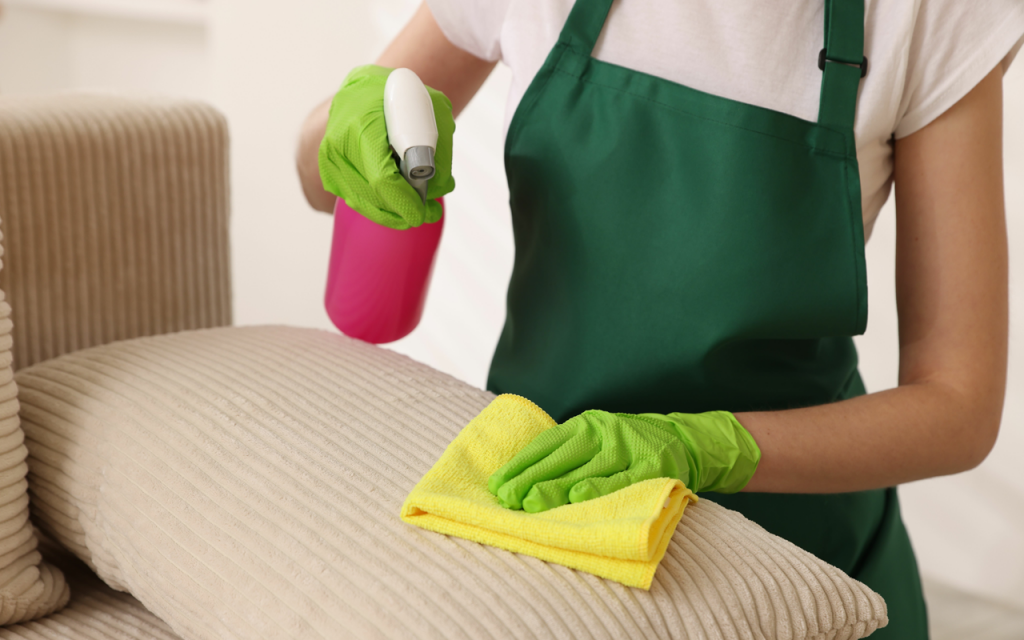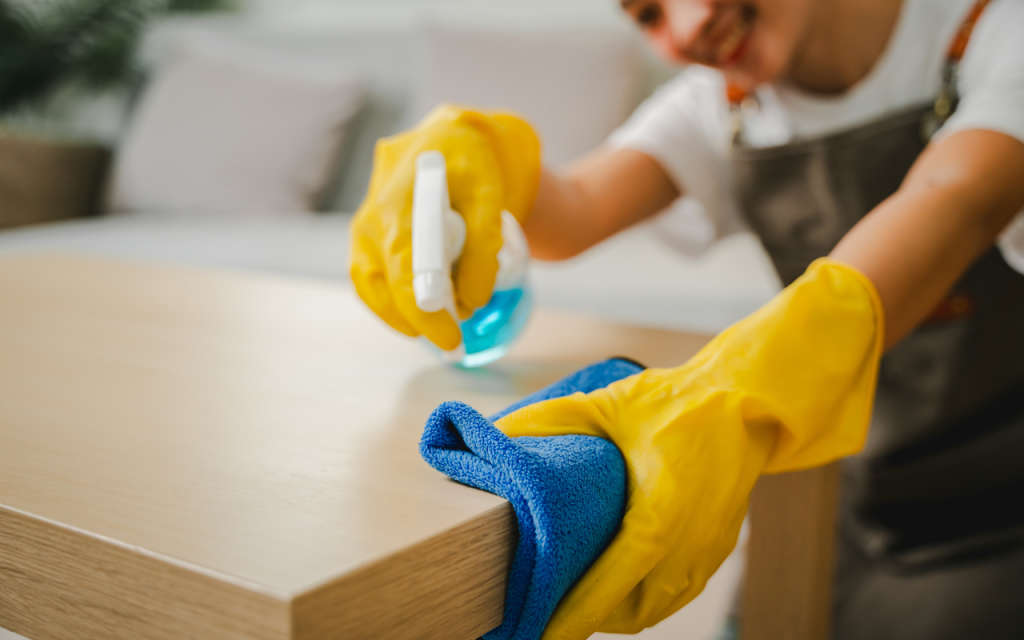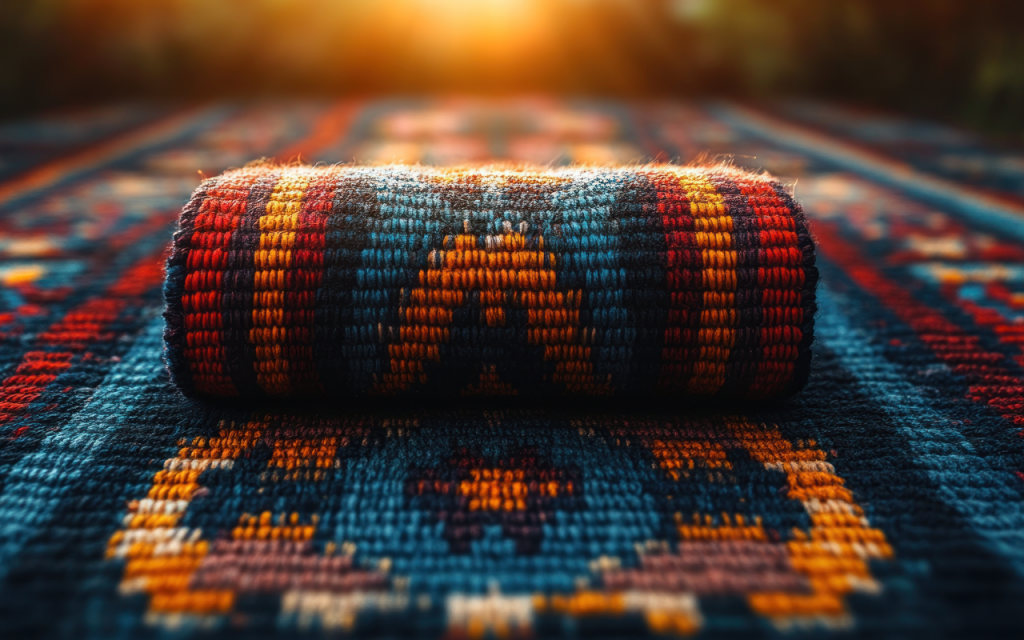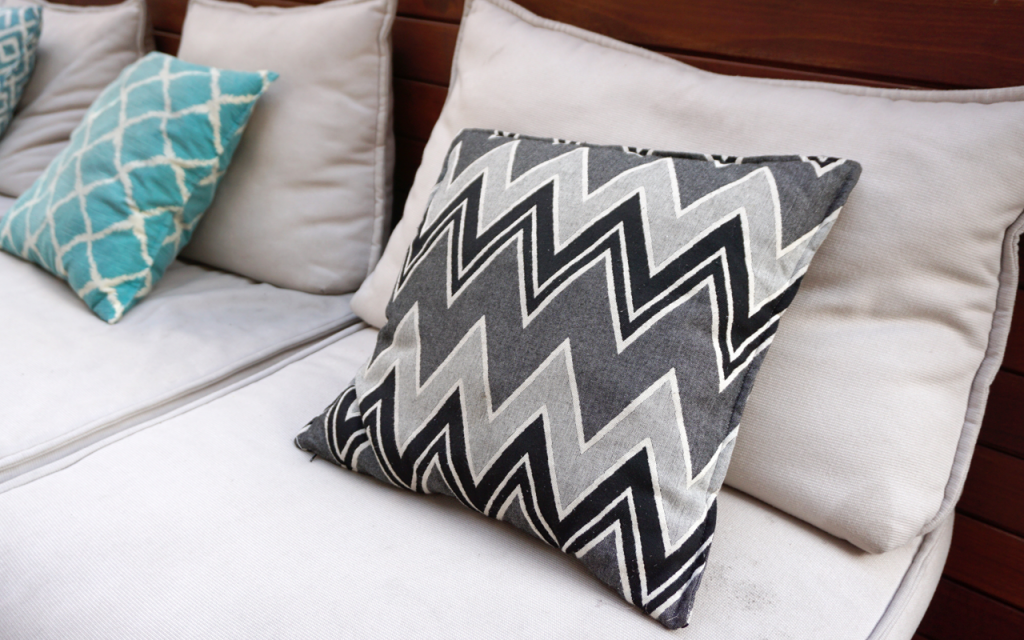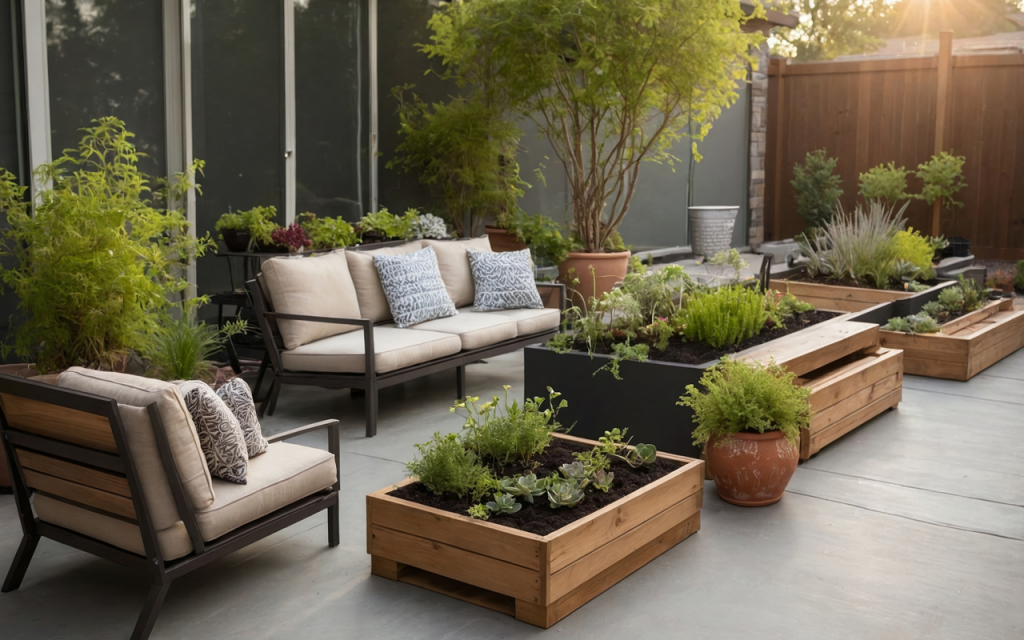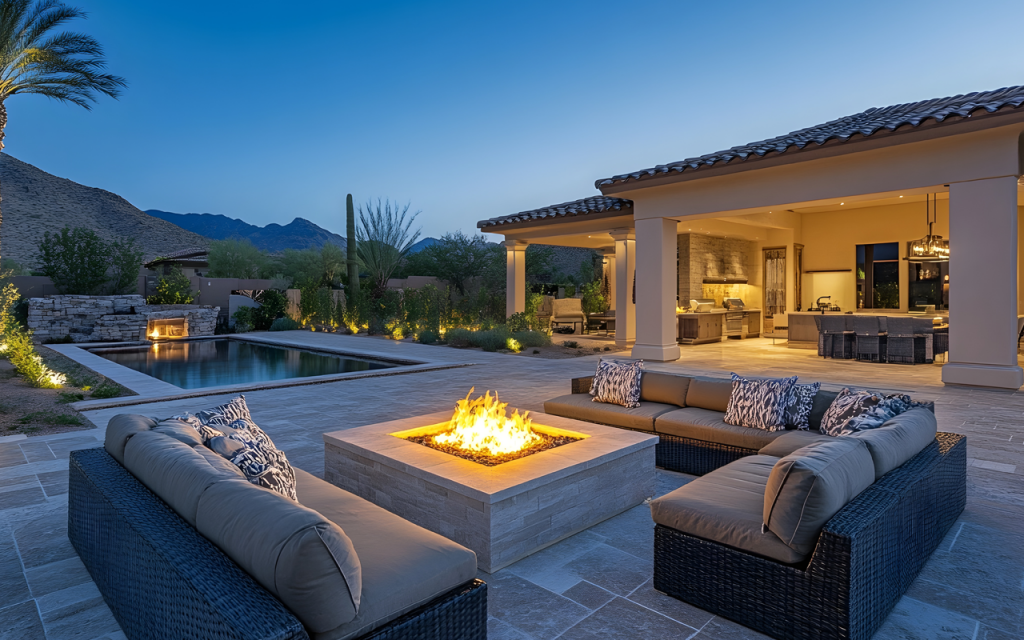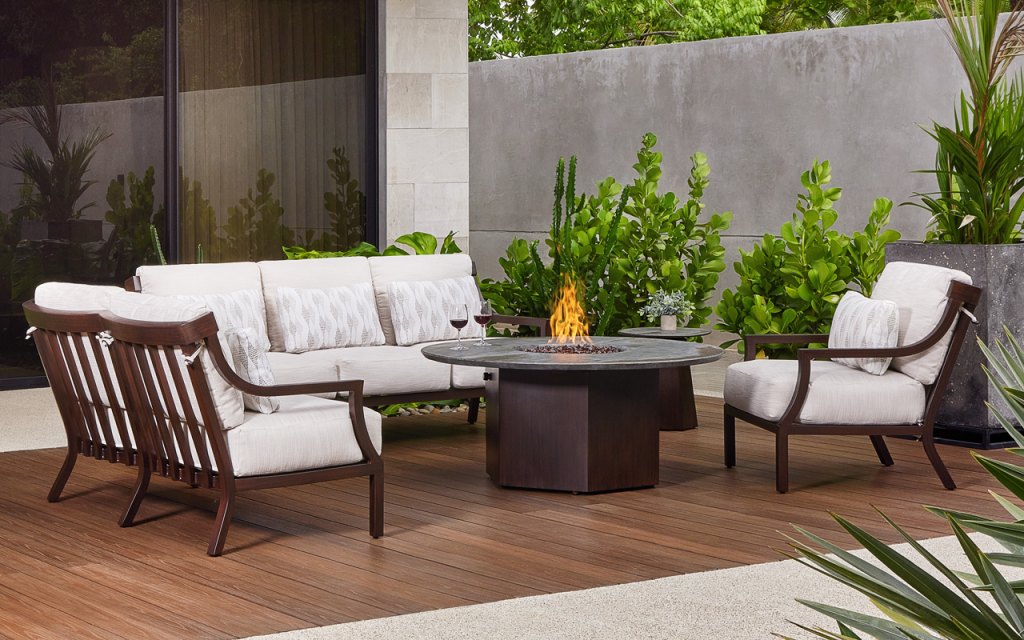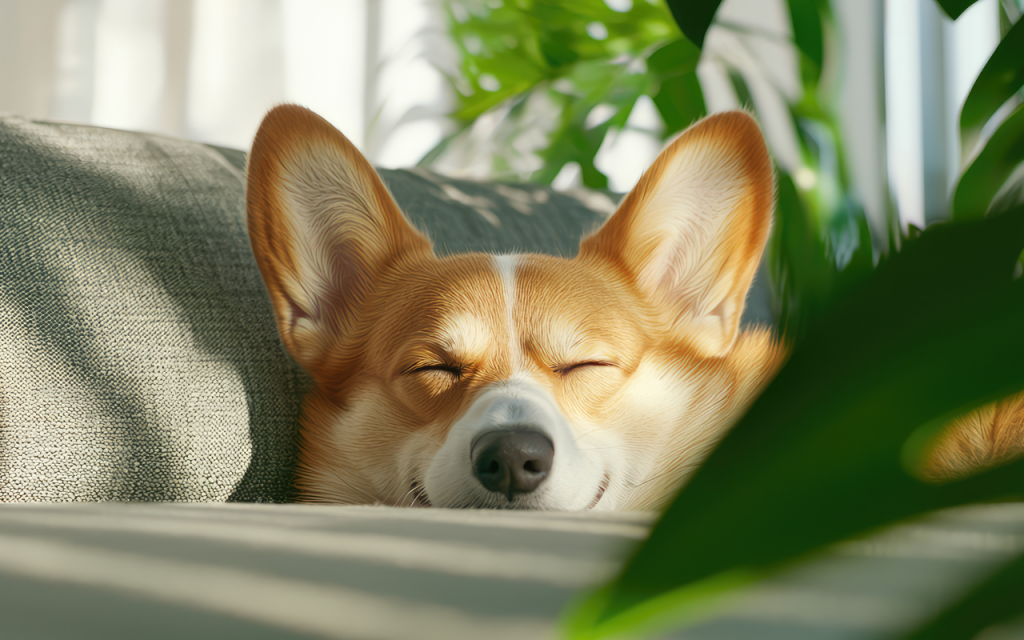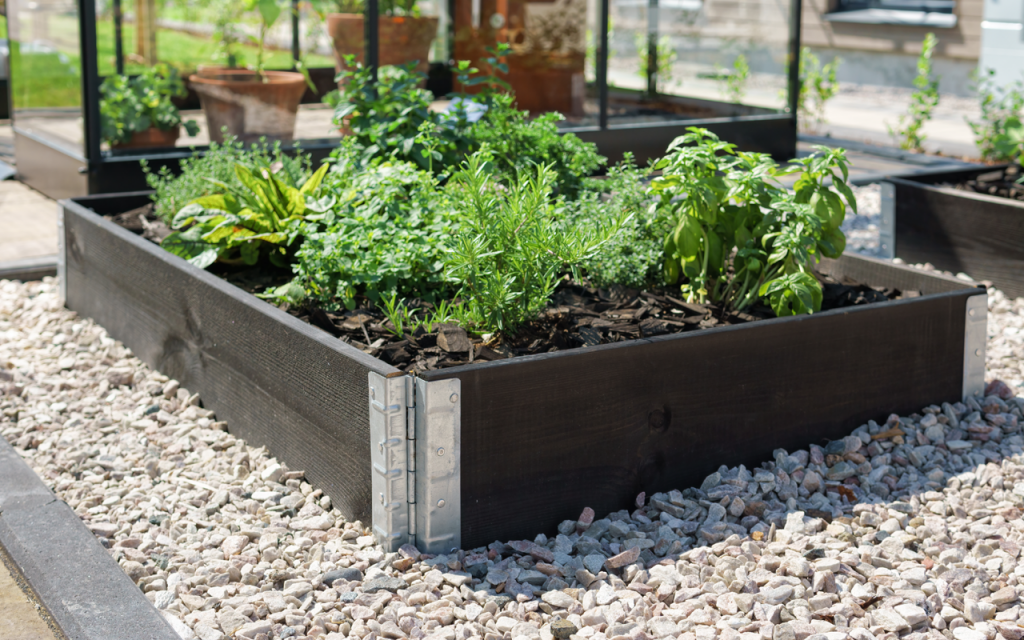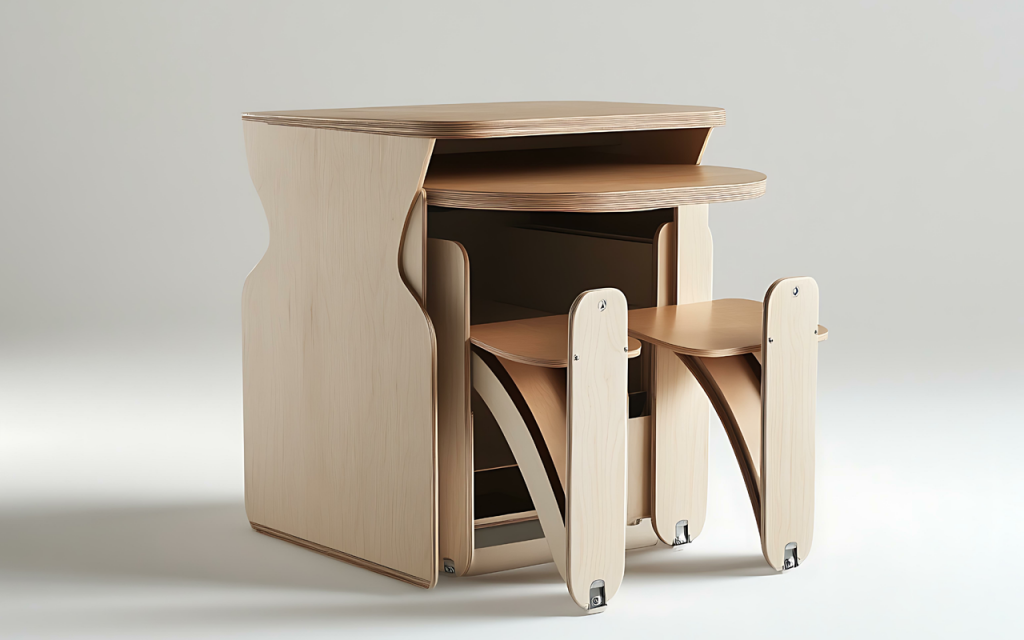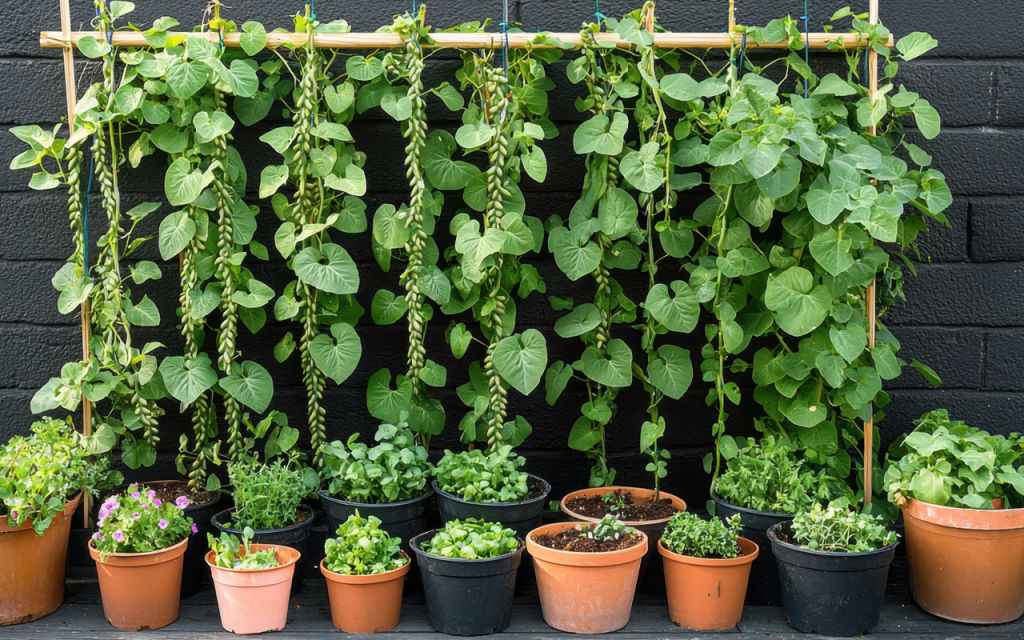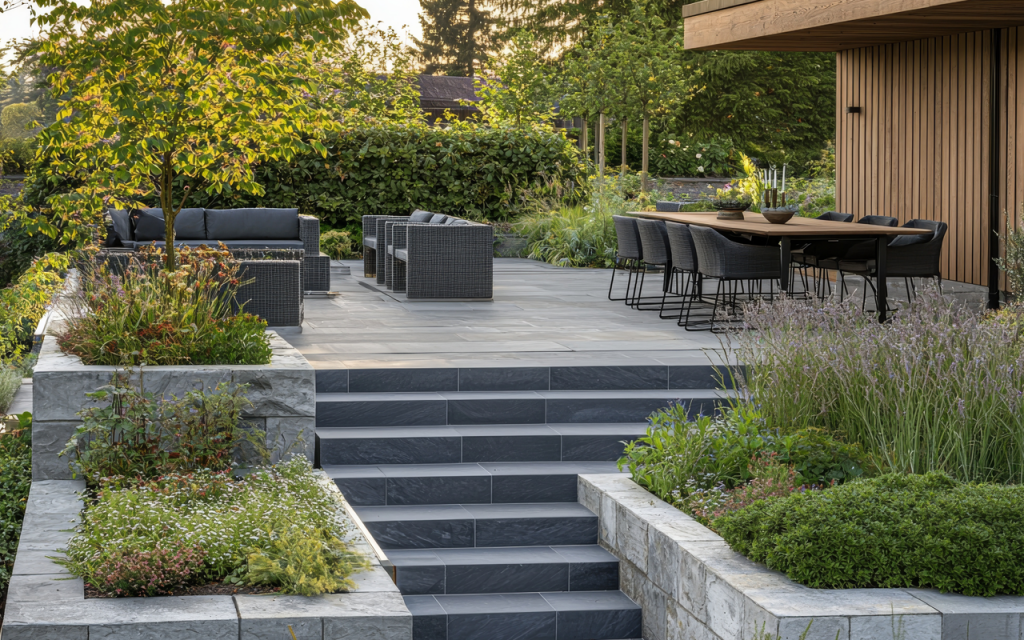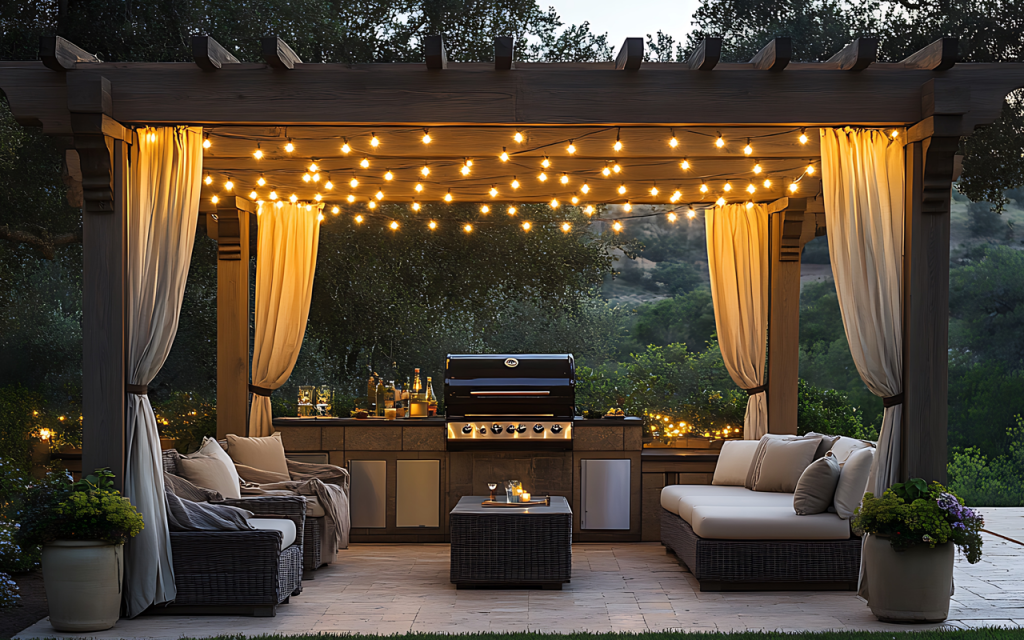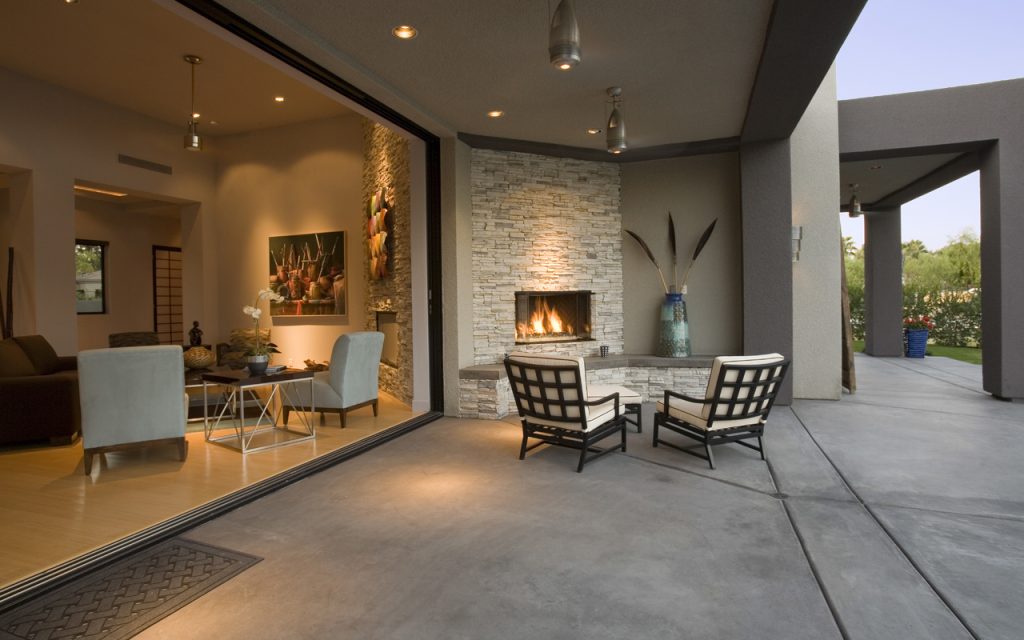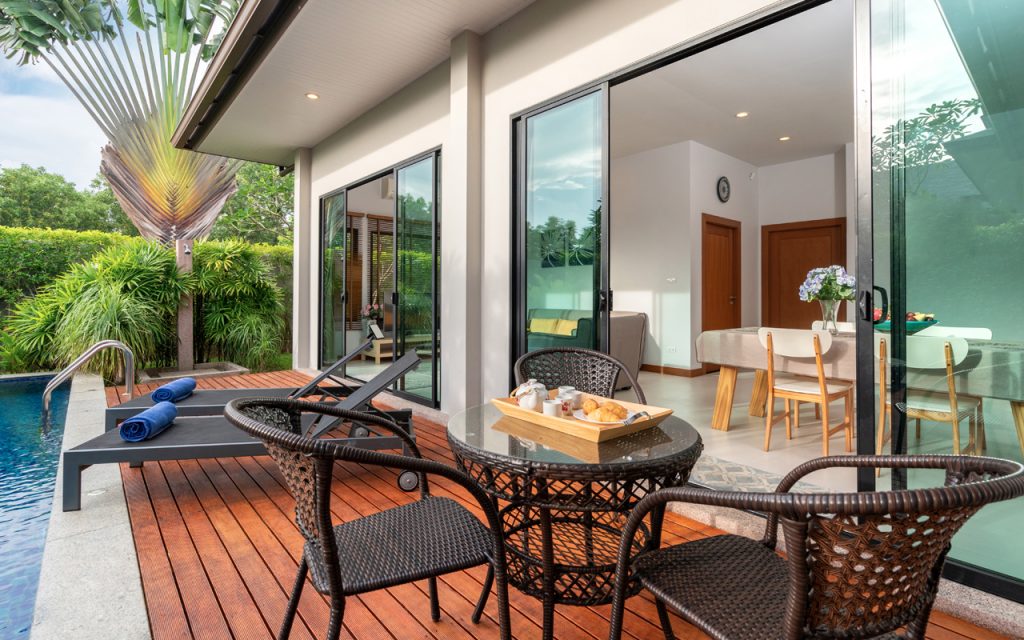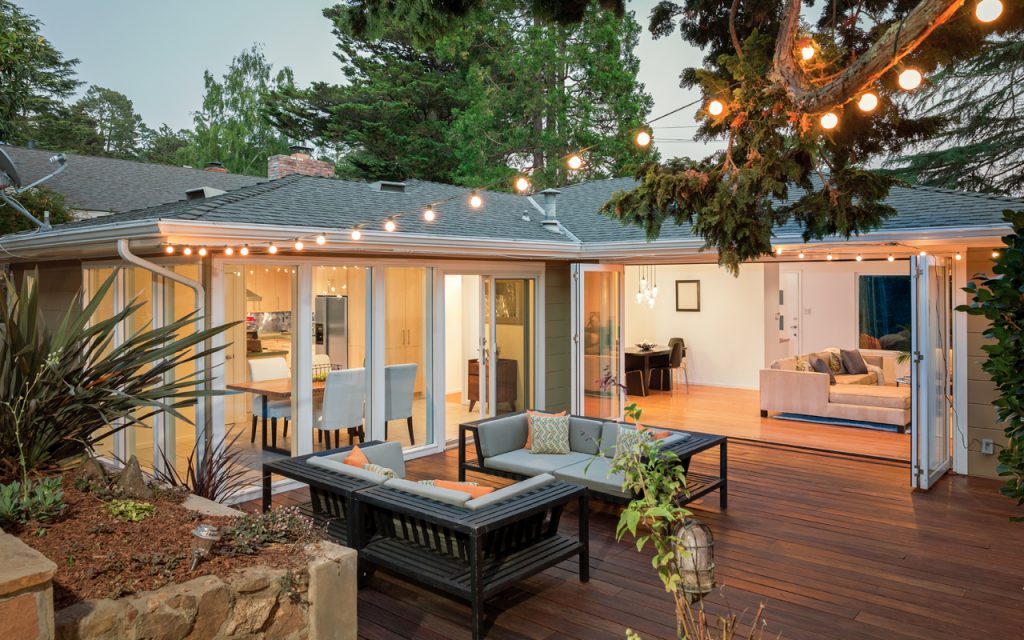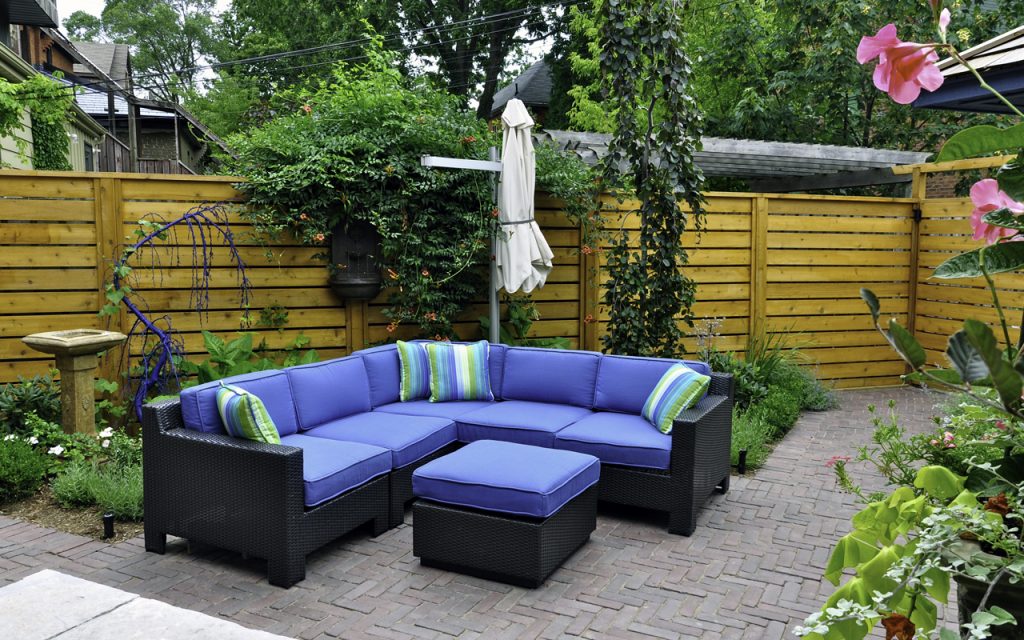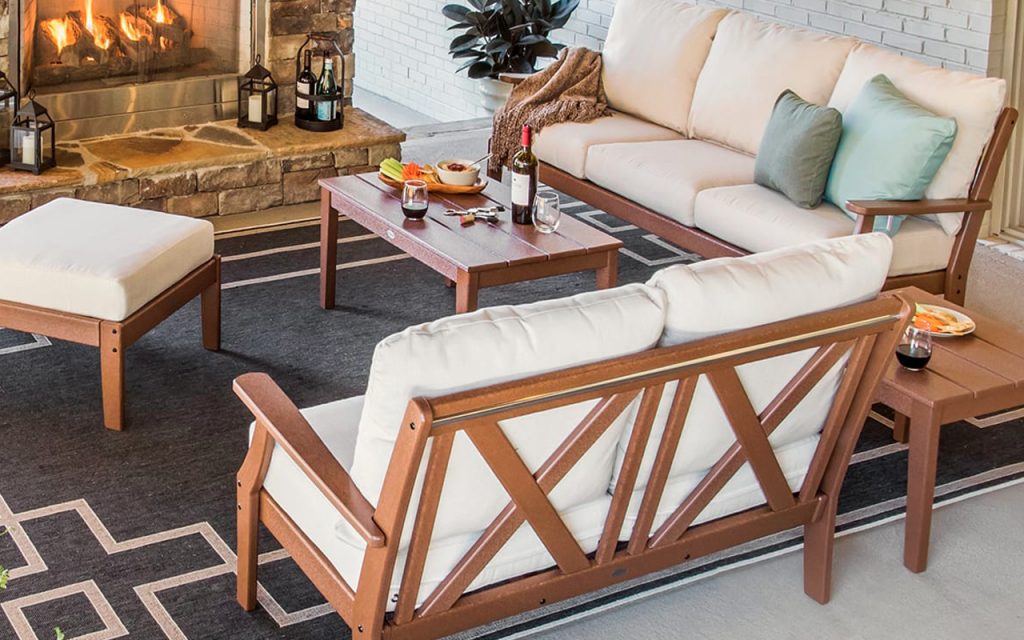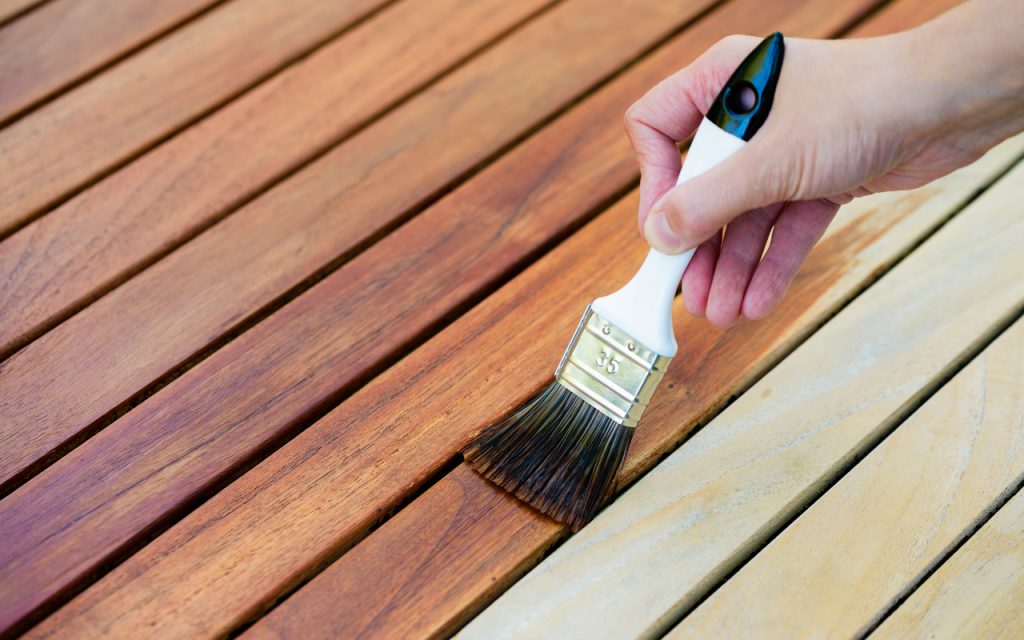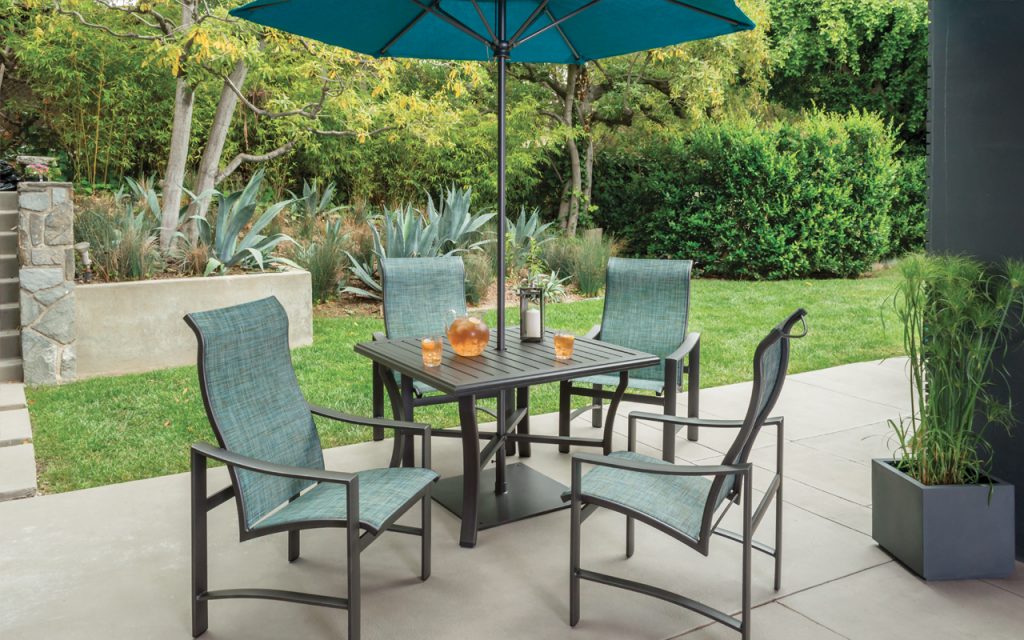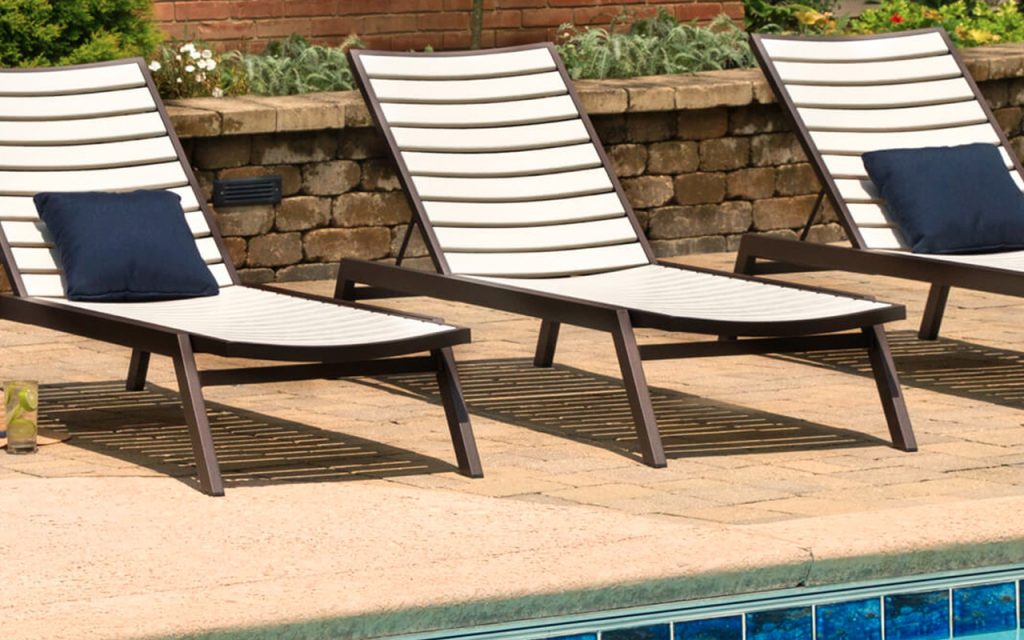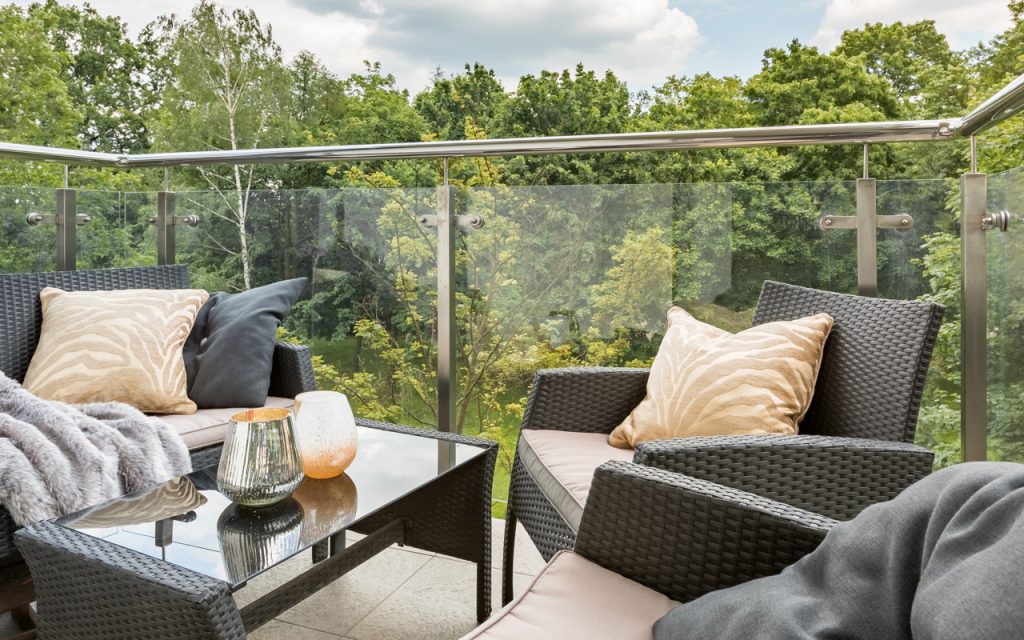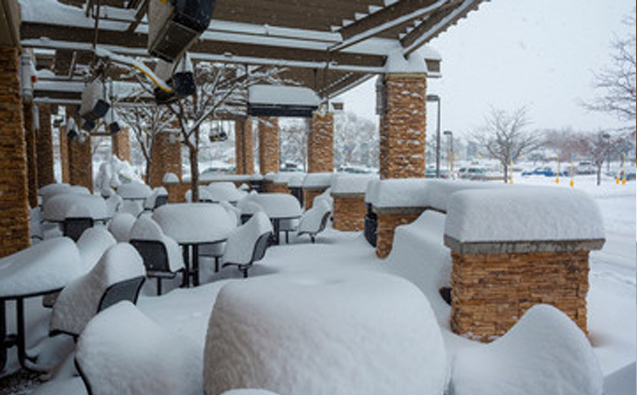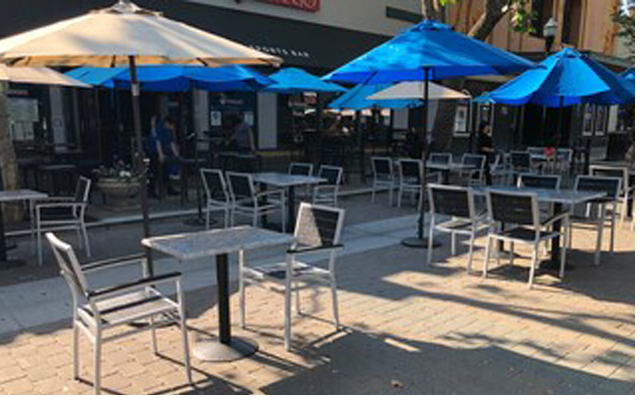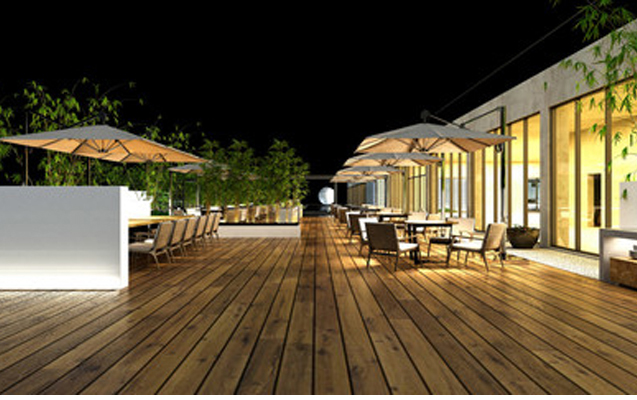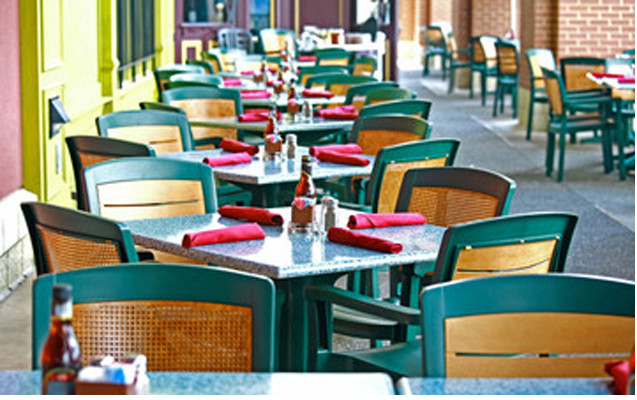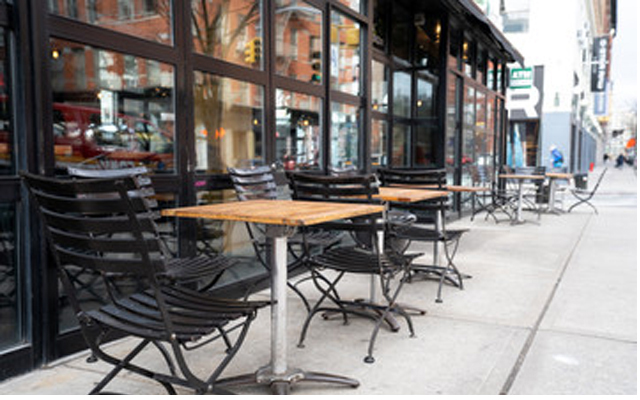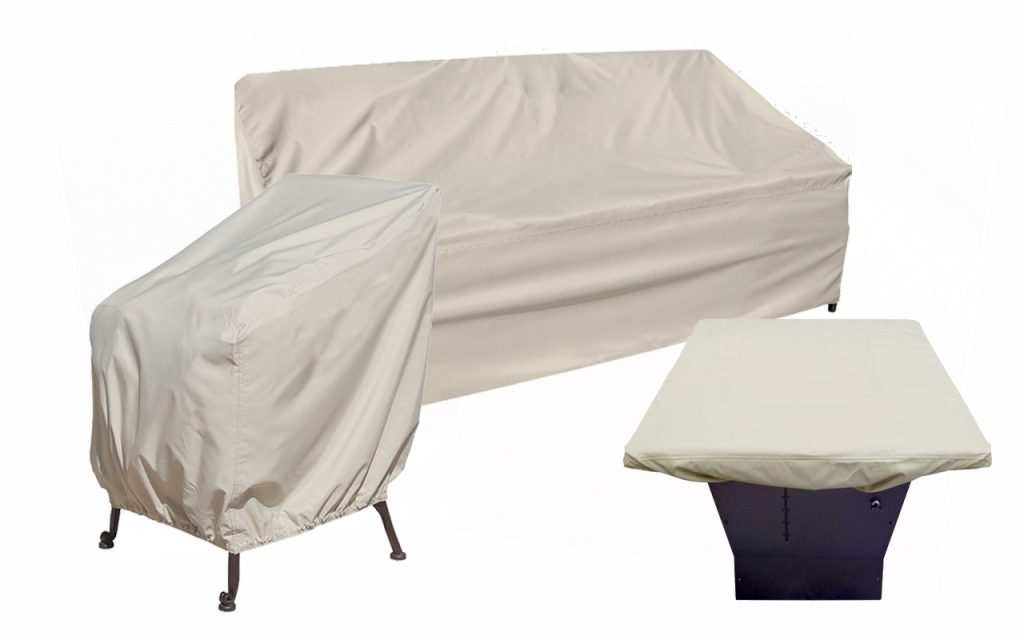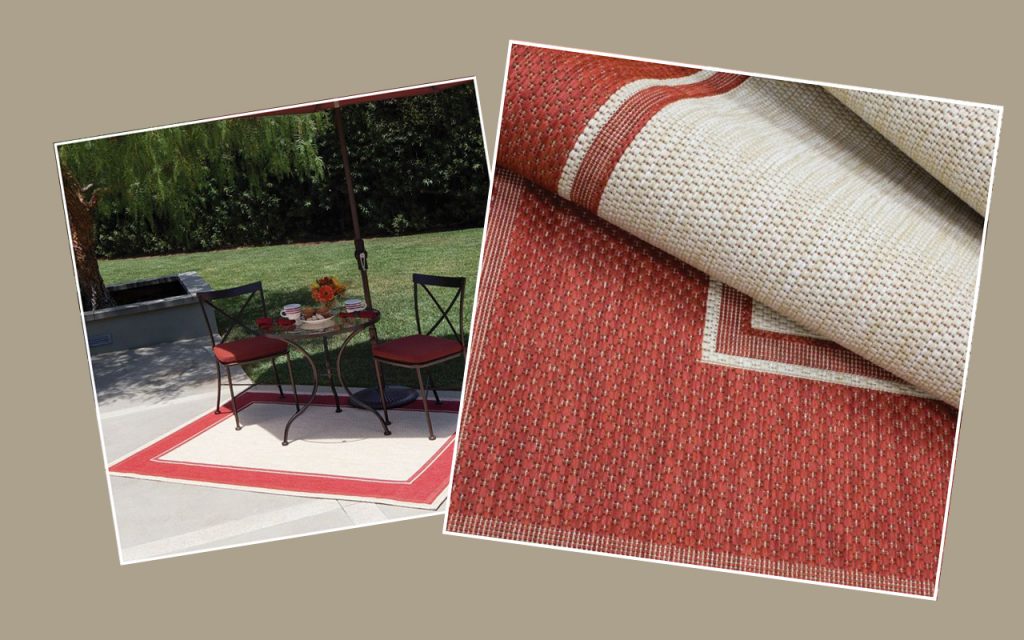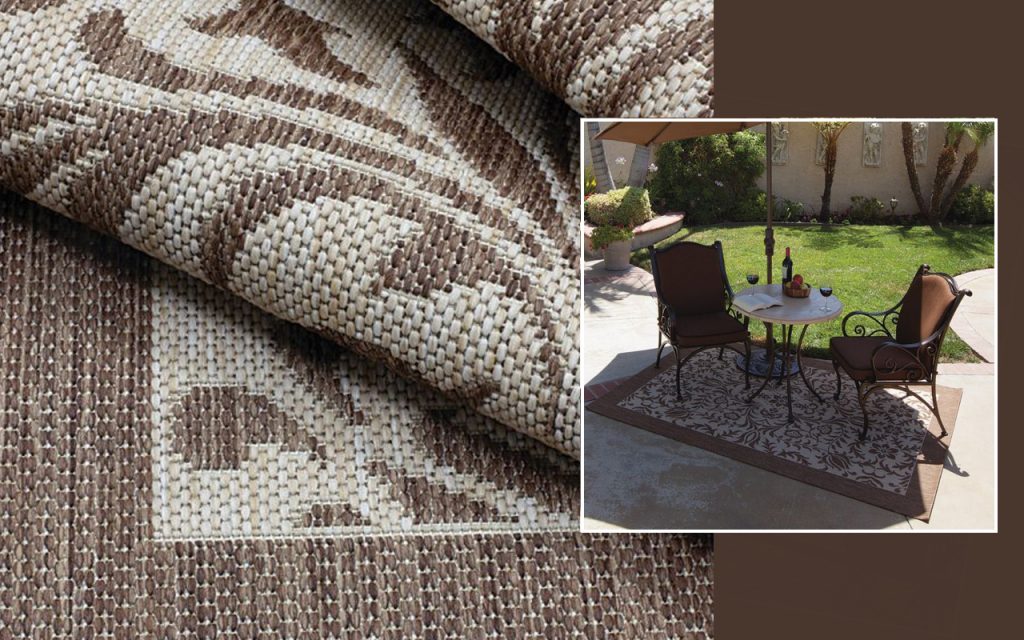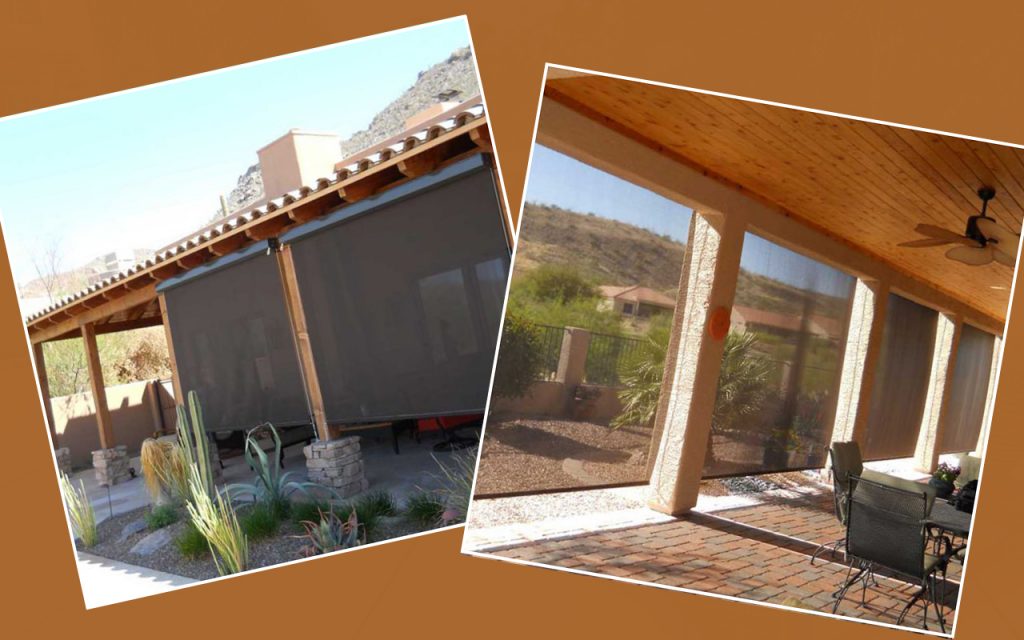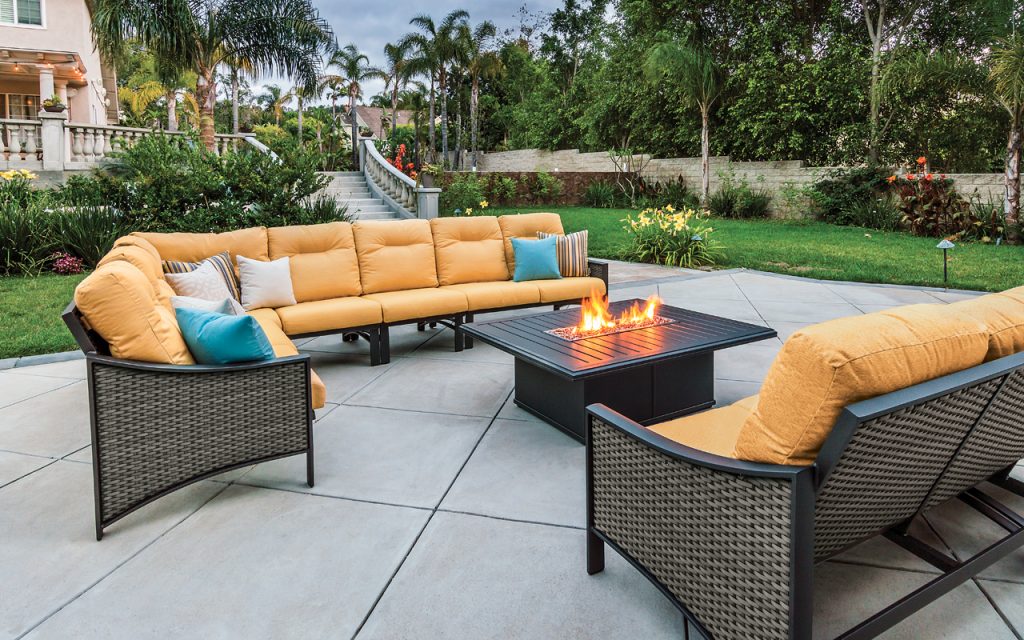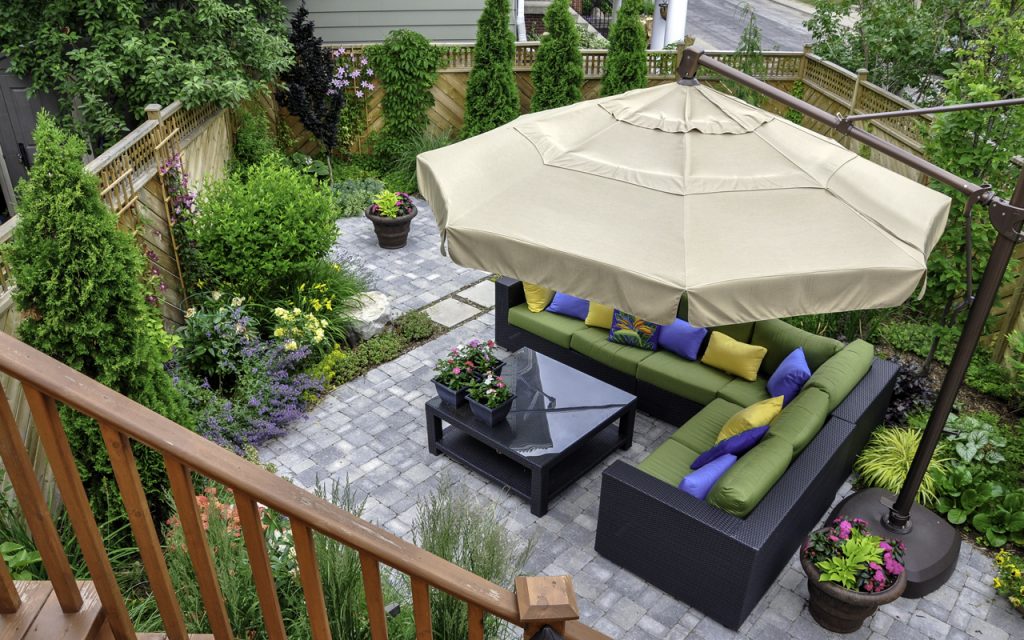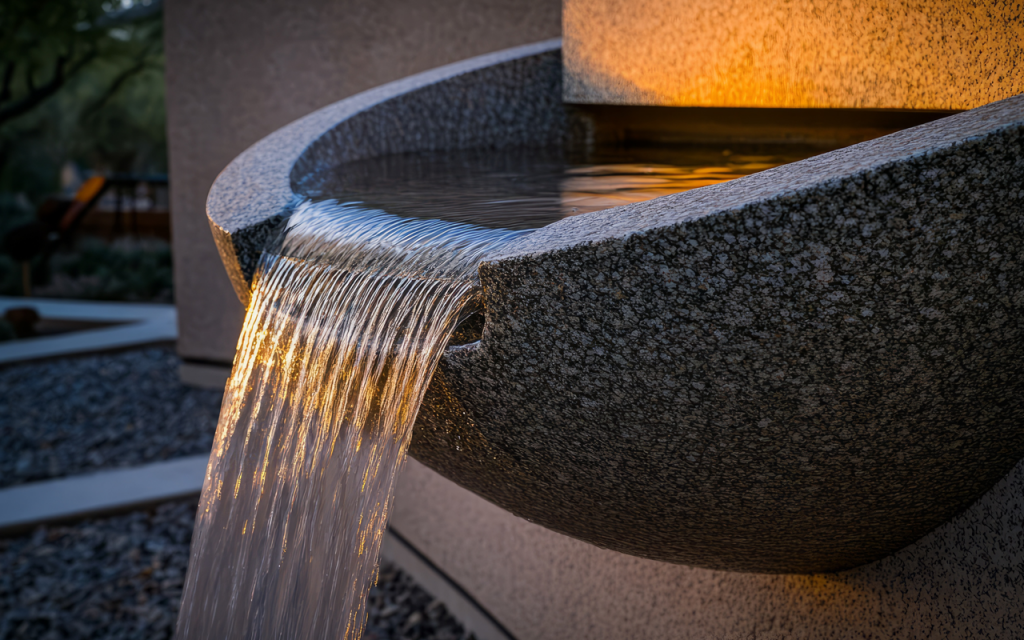
There’s something undeniably calming about the sound of flowing water. Whether it’s the trickle of a small fountain or the gentle cascade of a backyard waterfall, water features add a sense of tranquility and sophistication to any outdoor setting. For homeowners looking to enhance their Arizona outdoor living experience, integrating a water element into your patio furniture layout is a brilliant way to blend nature, design, and comfort.
With today’s wide range of styles and materials, water features can complement any space—modern or rustic, large or compact. Even in the desert heat, the right water design adds coolness and balance to your backyard retreat. In this guide, we’ll explore the benefits of water features and offer creative ideas on how to seamlessly integrate them with your outdoor furniture to create a truly serene space.
The Benefits of Water Features in Outdoor Living Spaces
1. Aesthetic Appeal
Water features instantly elevate the visual appeal of a backyard or patio. Whether it’s a bubbling fountain at your entrance or a reflective pond near your seating area, water draws the eye and creates a natural focal point in your design. When paired with elegant patio furniture, the result is an inviting and luxurious environment.
2. Stress Reduction and Relaxation
The soothing sound of water has long been associated with calming the mind and reducing stress. In today’s fast-paced world, having a peaceful oasis just outside your door can be transformative. Adding a water feature to your Arizona outdoor setup allows you to enjoy a spa-like ambiance every day.
3. Noise Masking
If you live near a busy road or have neighbors nearby, a strategically placed fountain or waterfall can help mask unwanted sounds. The white noise created by moving water enhances privacy and makes conversations on your patio more enjoyable.
4. Attracting Wildlife
Water features bring more than just beauty—they attract birds, butterflies, and other beneficial wildlife to your garden. This added biodiversity creates a more dynamic and immersive experience, especially when relaxing outdoors with your favorite outdoor furniture.
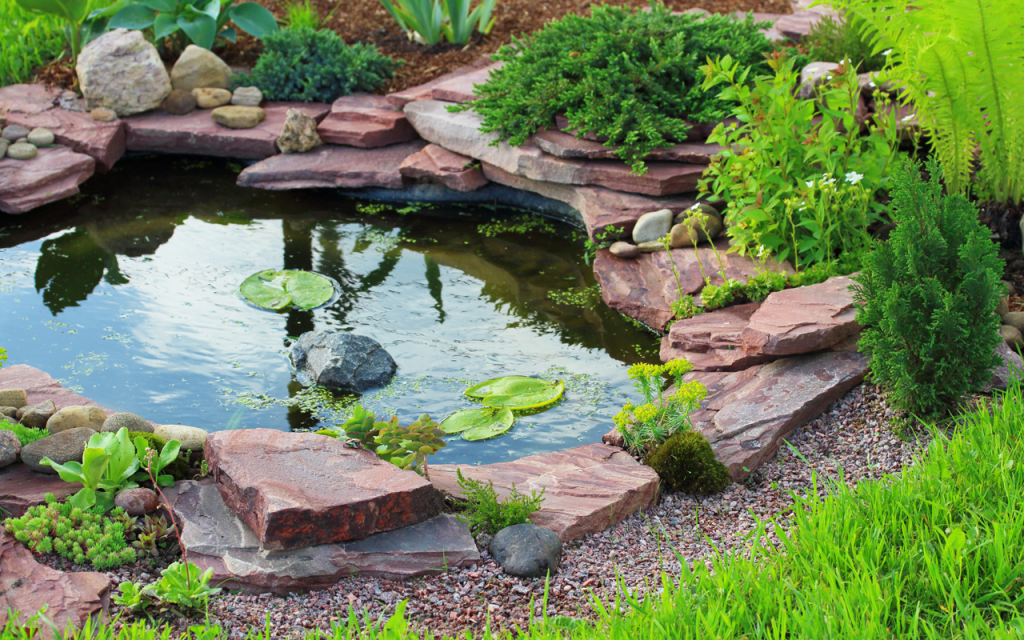
Choosing the Right Water Feature for Your Patio
1. Fountains: A Classic Choice
Fountains are among the most popular and versatile water features. They come in countless sizes, styles, and materials—from minimalist stone columns to ornate tiered designs. They fit beautifully into both small courtyards and large backyard patios.
Design tip: Position a fountain near a dining or lounging area to provide a calming background sound. Pair it with comfortable patio furniture to create a perfect corner for morning coffee or evening relaxation.
2. Ponds: Natural Beauty at Its Best
A small pond can bring natural charm and elegance to any Arizona outdoor landscape. You can incorporate aquatic plants like lilies or even keep koi fish for added color and life.
Design tip: Use natural stones and surrounding greenery to make the pond look like a seamless part of your landscape. Install nearby seating or daybeds using weather-resistant outdoor furniture for a resort-style feel.
3. Waterfalls: Dramatic and Dynamic
For homeowners looking to make a bold statement, a backyard waterfall can add movement, sound, and visual drama to your space. It can be incorporated into a wall, rock formation, or poolside feature.
Design tip: Combine a cascading waterfall with built-in bench seating or fire elements. The contrast of fire and water creates a stunning effect that pairs beautifully with high-end patio furniture.
4. Wall-Mounted and Compact Features
If space is limited, consider a wall-mounted or compact tabletop water feature. These options provide all the benefits of water without requiring significant square footage.
Design tip: These smaller features work especially well on apartment balconies or smaller Arizona outdoor patios, adding ambiance without overwhelming the space.
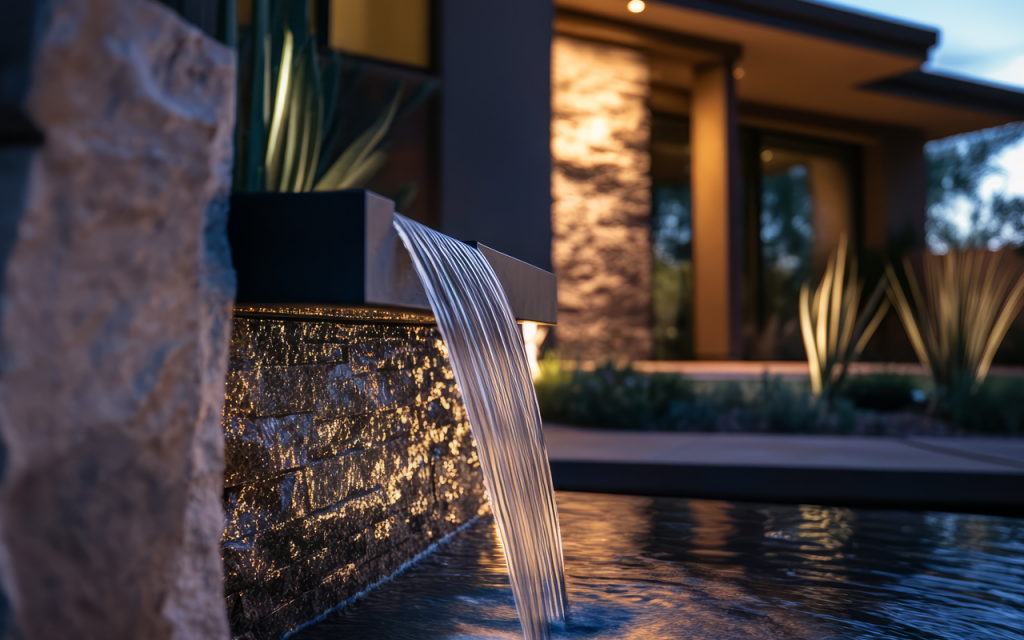
Integrating Water Features with Outdoor Furniture
When adding a water feature, it’s important to plan its relationship with your outdoor furniture and overall patio design. Here are a few ways to harmonize both elements:
Layout Matters
Position seating areas where residents and guests can enjoy the view and sound of the water. Whether you’re lounging on a sectional or dining alfresco, the water should be within sight and earshot to create the desired effect.
Style Coordination
Match the materials and finishes of your patio furniture with the water feature. For example, a modern steel fountain pairs well with contemporary metal-framed chairs, while a rustic stone waterfall complements wooden furniture.
Lighting Enhancements
Add LED lighting to your water feature to create a magical effect at night. Illuminate nearby seating with soft outdoor lights for a cozy, well-rounded aesthetic that brings the whole Arizona outdoor environment to life.
Maintenance Tips for Water Features in Arizona Outdoor Spaces
In the desert climate, keeping your water features clean and functioning smoothly is essential. Here are some quick tips:
- Use a pump with a filter to prevent algae buildup.
- Top off water levels regularly, especially in summer, due to evaporation.
- Clean debris from ponds or fountains weekly.
- Use water treatments designed for outdoor features to control mineral buildup.
Combining low-maintenance water elements with durable, UV-resistant outdoor furniture ensures your patio stays beautiful and functional all year round.
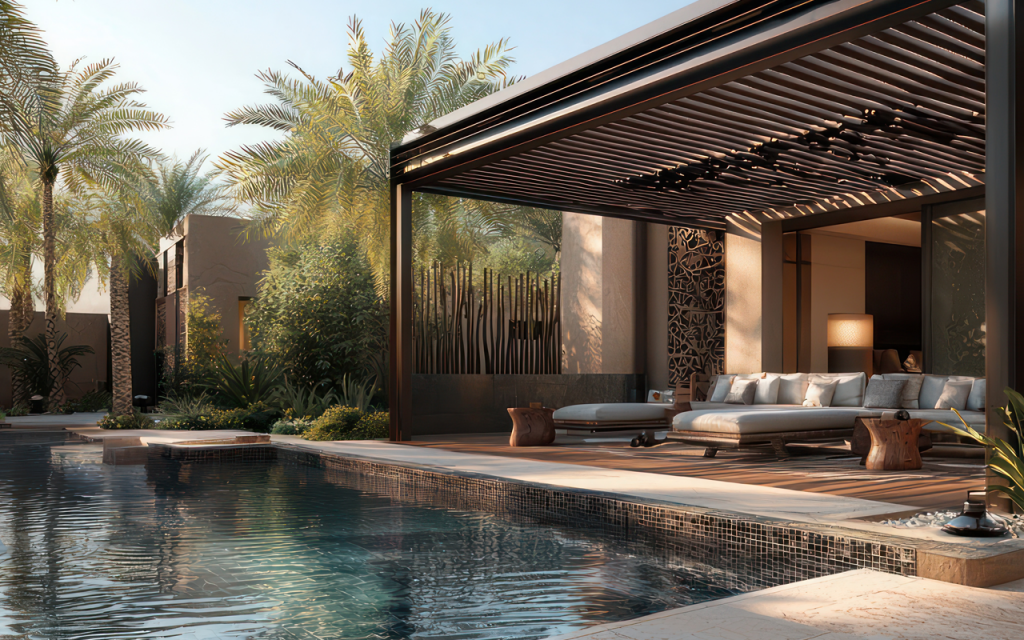
Conclusion: Create a Backyard Oasis That Reflects Your Style
Adding a water feature to your patio is more than just a design upgrade—it’s an investment in your quality of life. The visual elegance, soothing sounds, and enhanced ambiance transform your Arizona outdoor space into a personalized retreat. Whether you choose a simple fountain or an elaborate waterfall, integrating it thoughtfully with your patio furniture can redefine how you relax and entertain outdoors.
At All American Outdoor Living, we’re here to help you bring that vision to life. Whether your project is an existing space, new construction, or in the conceptual design phase, our dedicated team will work collaboratively with you from concept to completion. Click here to meet our designers and begin creating your dream oasis today.
Have a favorite water feature or idea for integrating it into a patio design? Leave a comment below—we’d love to hear your inspiration!

